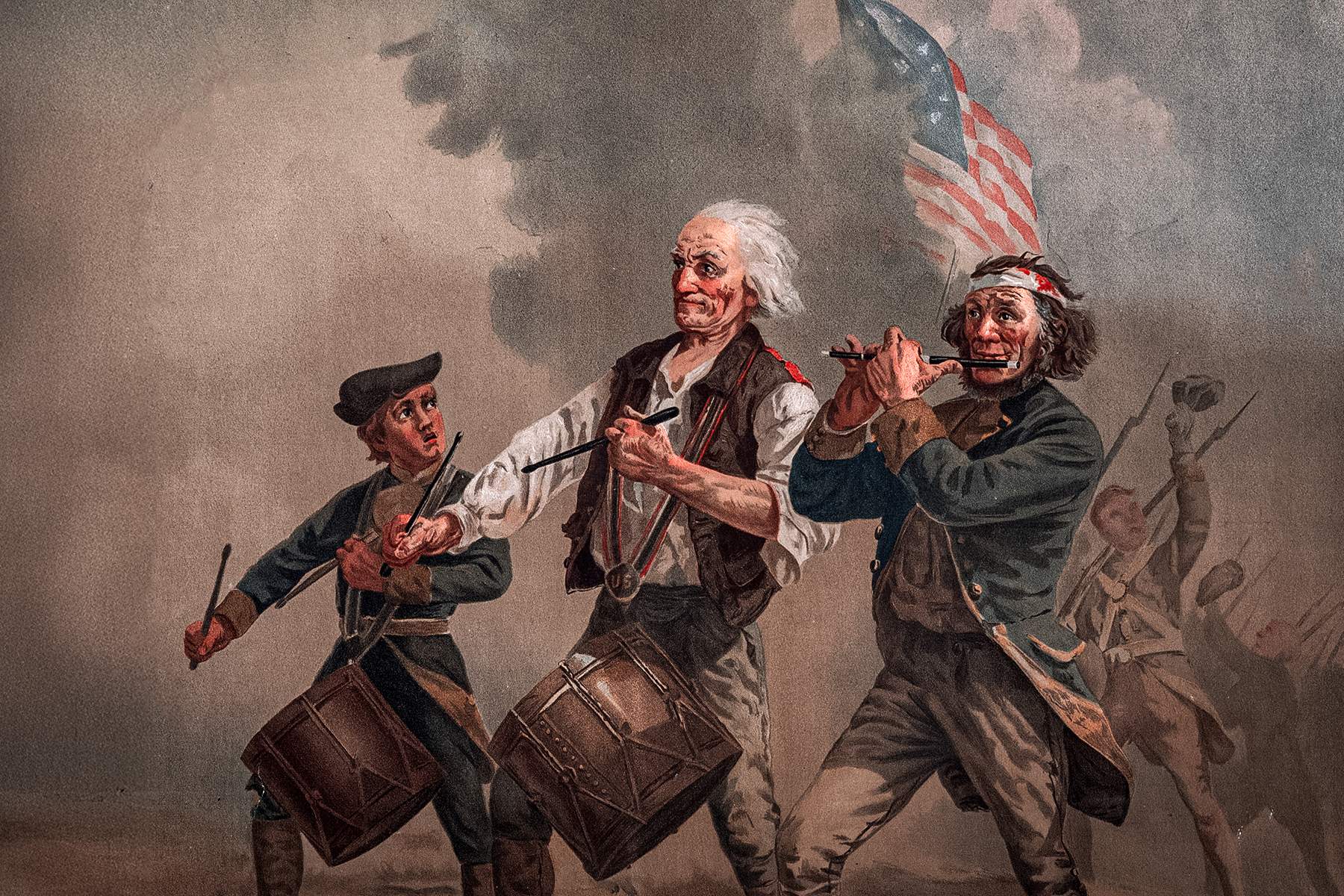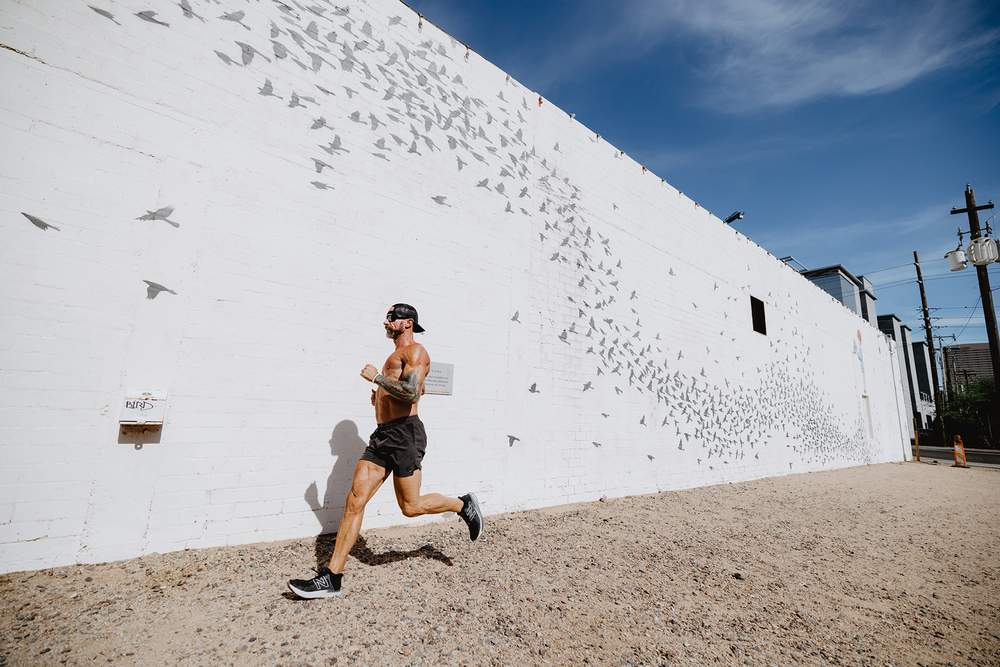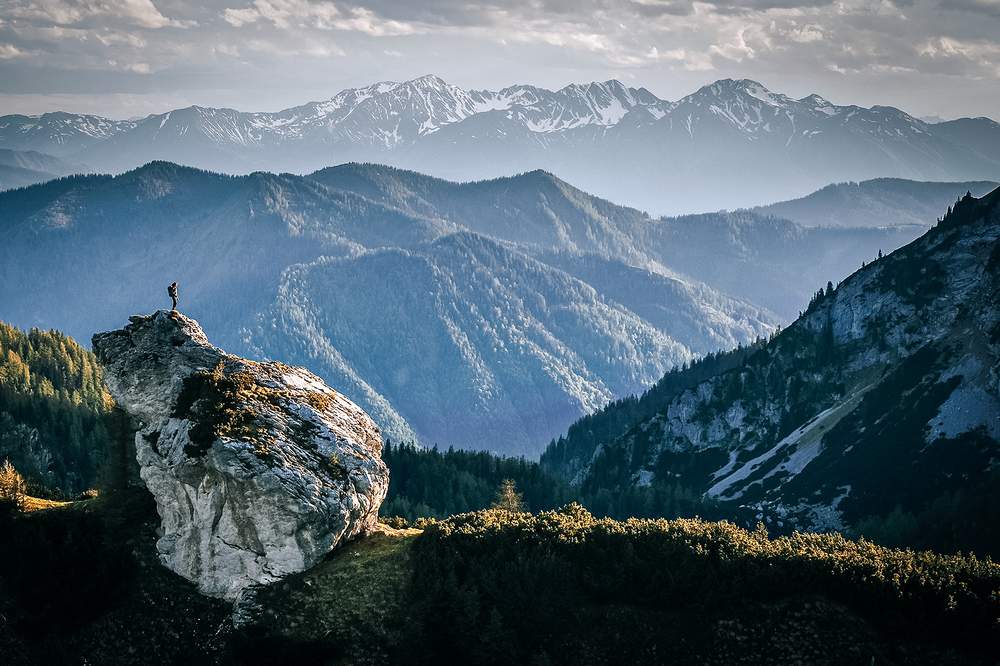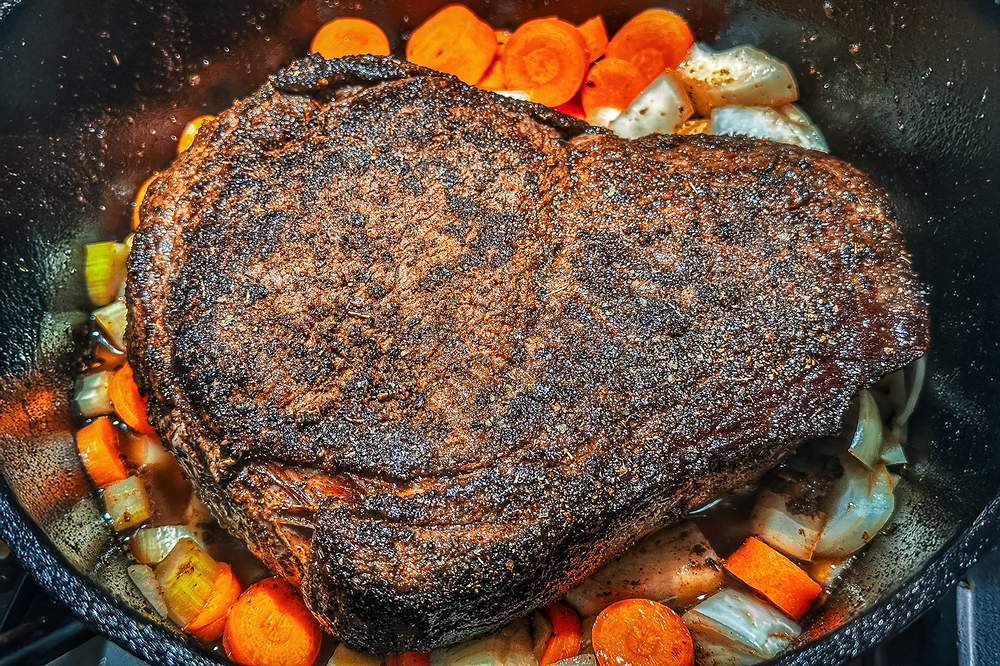It can be difficult for us, 25 years into the 21st century, to fully appreciate the role music, and the musicians who created it, played in the American Revolution. While every generation of American service members has its own soundtrack, so to speak, the music created by fifers and drummers was literally integrated in to the battlefield for soldiers fighting for American independence.
There is a largely unsubstantiated story that says, following the British Army's surrender at the Battle of Yorktown in October 1781, the British bandsmen played the tune "The World Turned Upside Down." A heavily fictionalized version of the event was included in the musical Hamilton, but even the traditional story is dubious. For one, the tune isn't about the British Army.
Rather, it chronicles how Christmas celebrations were banned in the Commonwealth of England under Lord Protector Oliver Cromwell in the 17th century.
The story of the band playing "The World Turned Upside Down" also didn't gain attention until at least half a century after the battle, but the story was good enough that it stuck. Plus, for an old English folk ballad, the tune is pretty catchy, too.
"The accounts of the song being played popped up much later," said James Taub, associate curator at the Museum of the American Revolution in Philadelphia. Taub explained that as part of the surrender ceremony, music was played, but it was more of a solemn drumbeat.
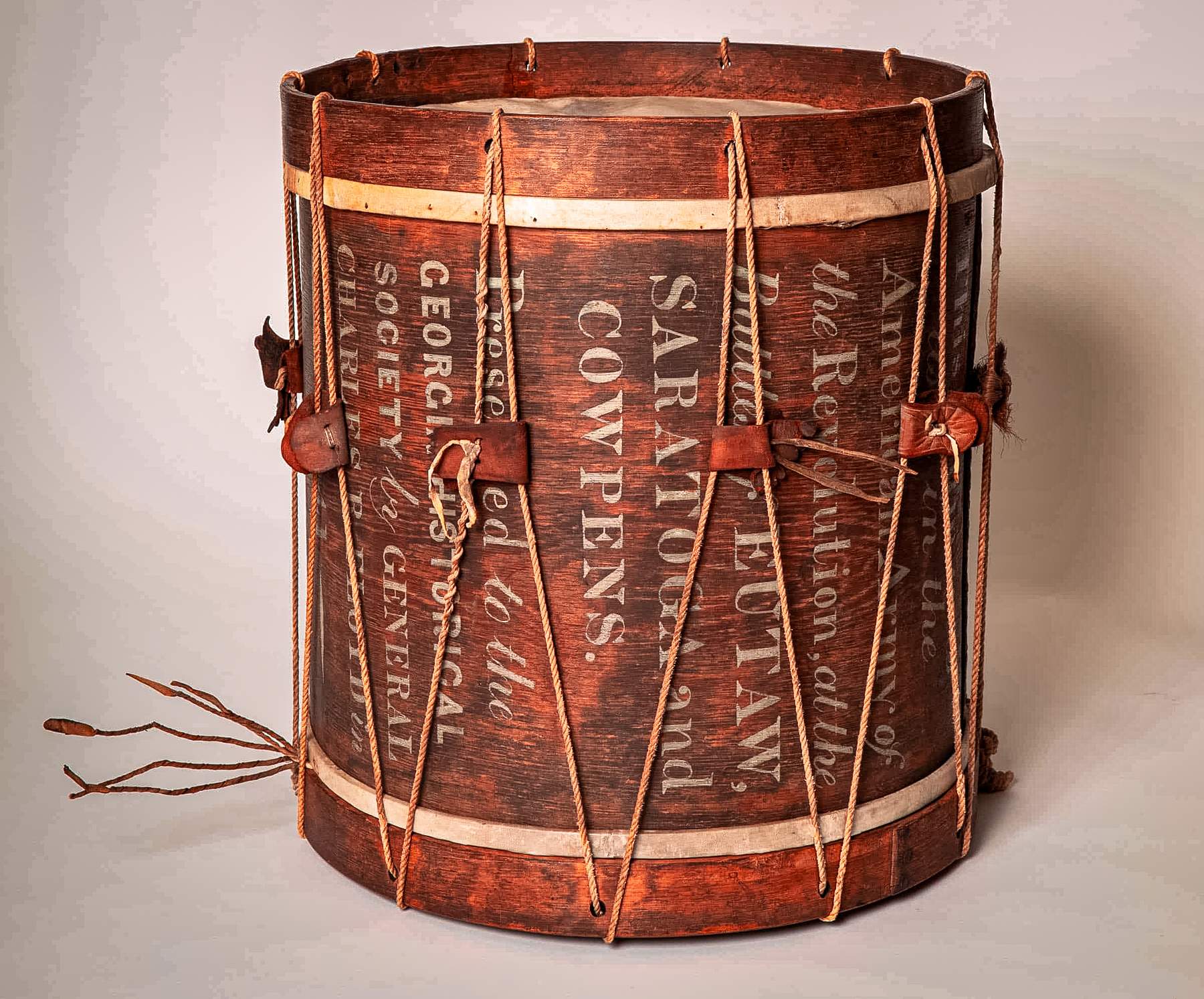
"It's a great story, and it is a period song," Taub added.
The biggest takeaway is that bandsmen, both British and American, were present at Yorktown, as well as at many other battles. Musicians and music played an essential role in the conflict.
The Role of Live Music During The American Revolution
The role music played during the American Revolution simply can't be overstated. This was an era long before physical recordings, so any music was "live." It was played for both practical and emotional purposes.
In the former, it was used for communication and regimentation on the battlefield: get in line, soldiers! There were no radios for communication, and while armies of the past relied on visual devices, like colored and patterned flags, to send signals across a battlefield, the haze of gunsmoke on a modern battlefield meant those devices could no longer be relied upon.
So, the sound of the fife and drum corps was used to signal different commands and movements.
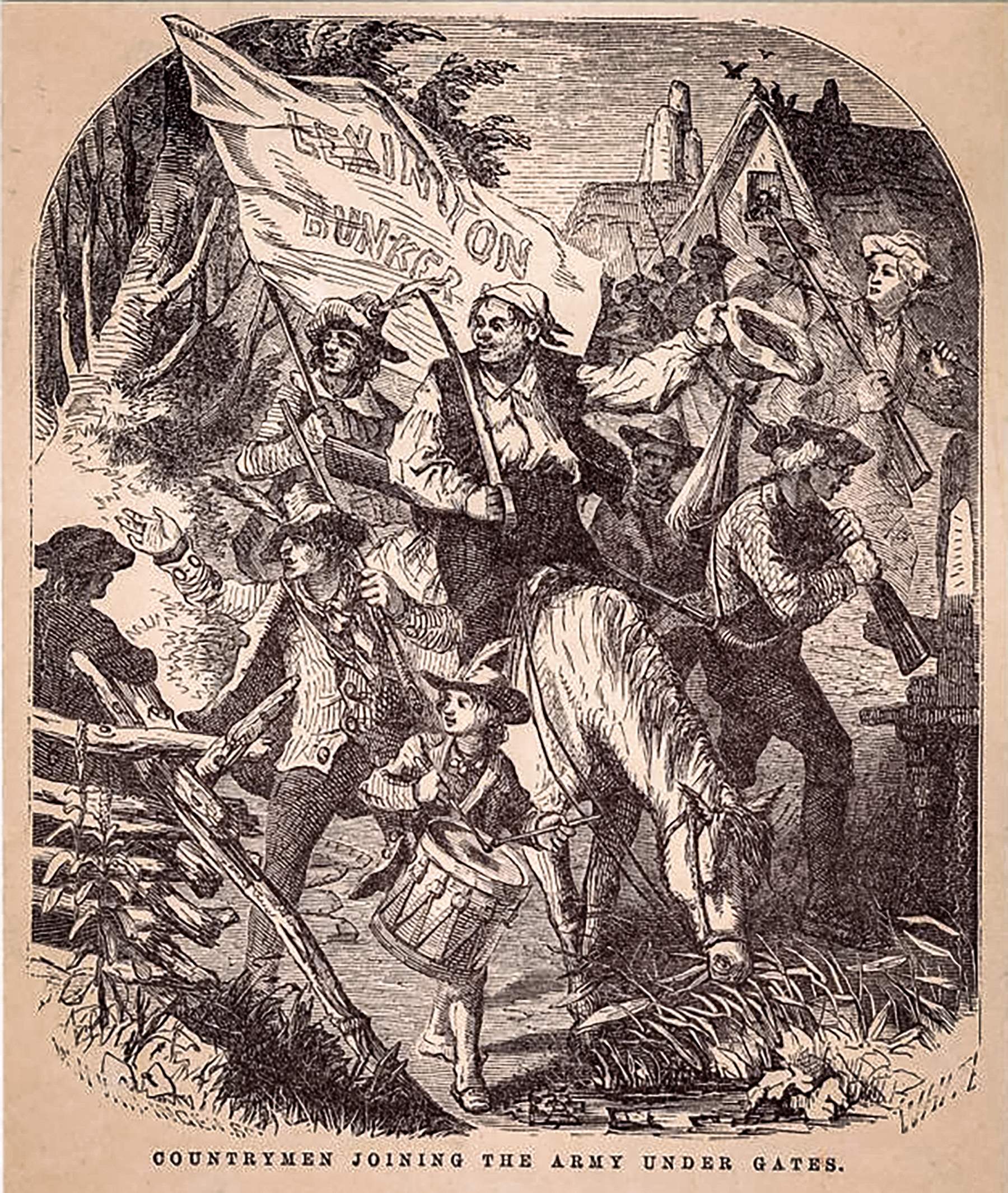
Music also served to boost morale and to express patriotism. Songs and ballads, original and borrowed, voiced support for the cause and lampooned the other side. Long before the American Revolution, military bands played music to manage anxiety and foster a sense of unity among the troops. For the soldiers, it provided a sense of comfort, familiarity, and shared experience.
"Nothing is more agreeable, and ornamental, than good music; every officer, for the credit of his corps, should take care to provide it," Gen. George Washington is credited with writing in his "Head Quarters, Middle-Brook," on June 4, 1777.
The Fife, the Drum, and Woodwinds
The armies of Europe began to employ bandsmen in their ranks in the early 16th century, with the fife and drum corps becoming common for signaling and ceremonial duties. Formal inclusion of bandsmen into regiments increased in the latter half of the 17th century, before it reached its peak at the end of the 18th century.
European armies, notably the French and later the British, began to incorporate woodwind instruments, including oboes, clarinets, and even bassoons. Bands were standard by the time of the American Revolution, but were still lacking to some degree in the American colonies.
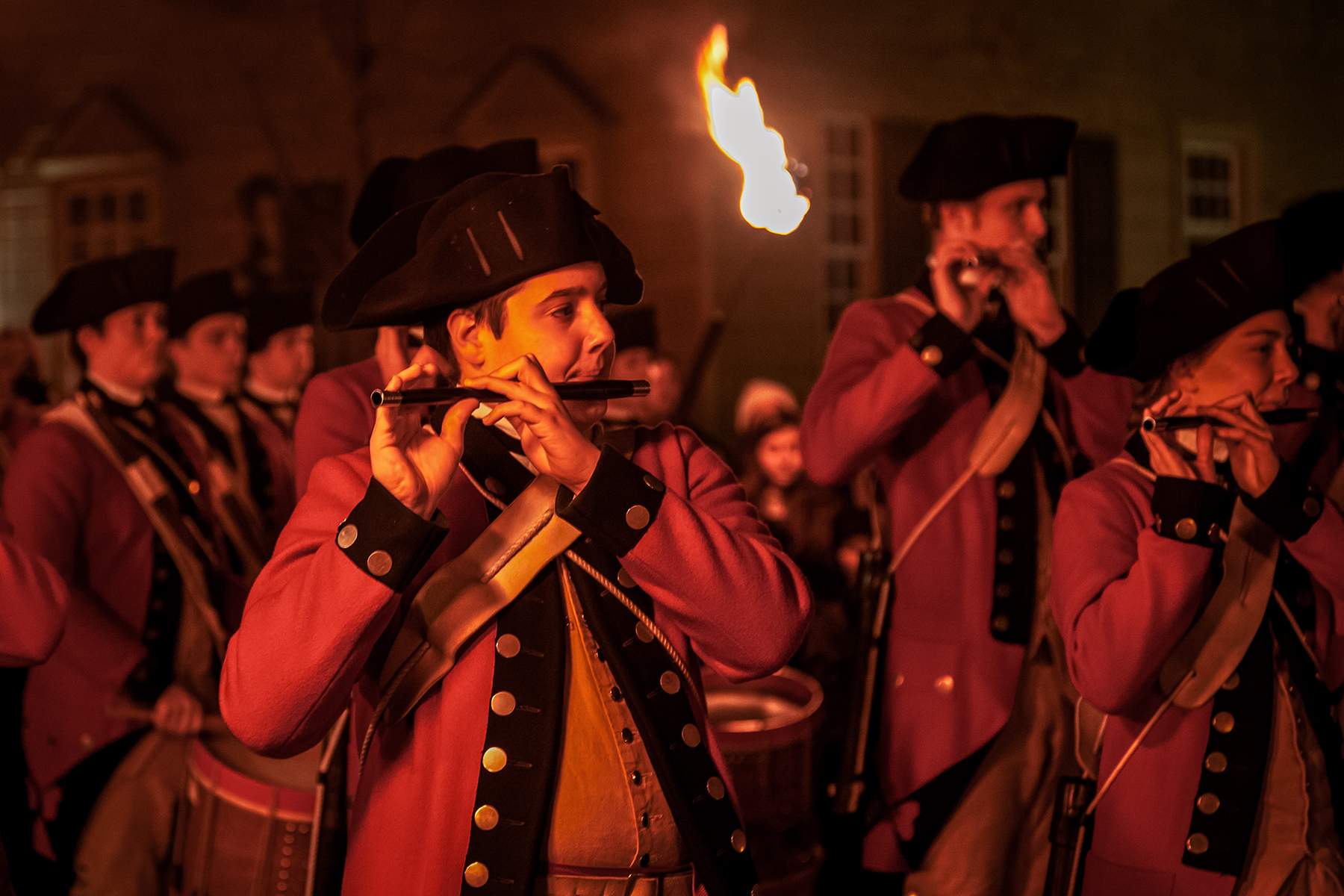
The Prussian-born Baron Friedrich Wilhelm von Steuben, who became known for his role in standardizing drills and regulations with the Continental Army, also standardized the use of fifes and drums for communication and regimentation with the army.
That was included in his "Blue Book," the manual of Regulations for the Order and Discipline of the Troops of the United States, along with detailed instructions on how to employ those instruments for military functions.
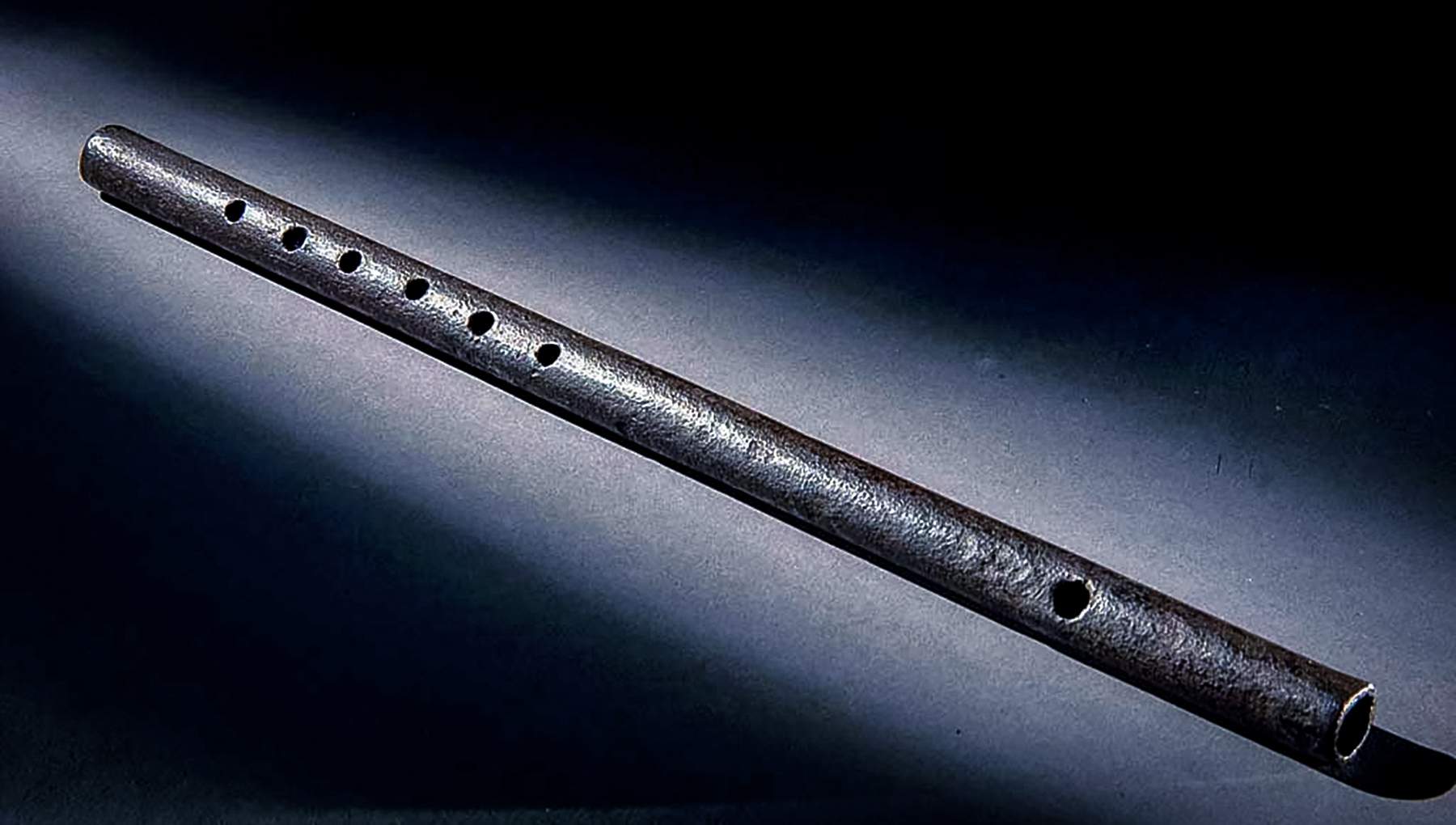
The higher register of the fife was able to carry above the sounds of the soldiers marching, and was used, along with drums, to tell soldiers when to carry out tasks like waking up, fetching wood and other provisions, and when to show up for church services.
More Battlefield Radios Than Musicians
"One misconception is that fife and drummers were 'musicians,'" explained Taub. "They were referred to as 'drummers,' and some might have played the fife, as they carried both."
The beats of the drum were used as instructions for soldiers as they assembled, paraded, saluted, marched, and retired. During the heat of battle, the drummer could even call for medical assistance!
"The drummers transmitted orders to the soldiers," said Taub. "That was by way of tunes that the soldiers would recognize, telling the men when to get up in the morning, when to eat, and when to drill."
On the battlefield, the drummers' short tunes relayed other orders more effectively than officers shouting to the ranks.
Taub added that some commanders did hire bandsmen, who carried woodwinds and other instruments. Those men played music to keep the soldiers entertained, and on the battlefield, music from the bandsmen likely helped lift overall soldier morale. "These were tunes the soldiers knew," Taub noted.
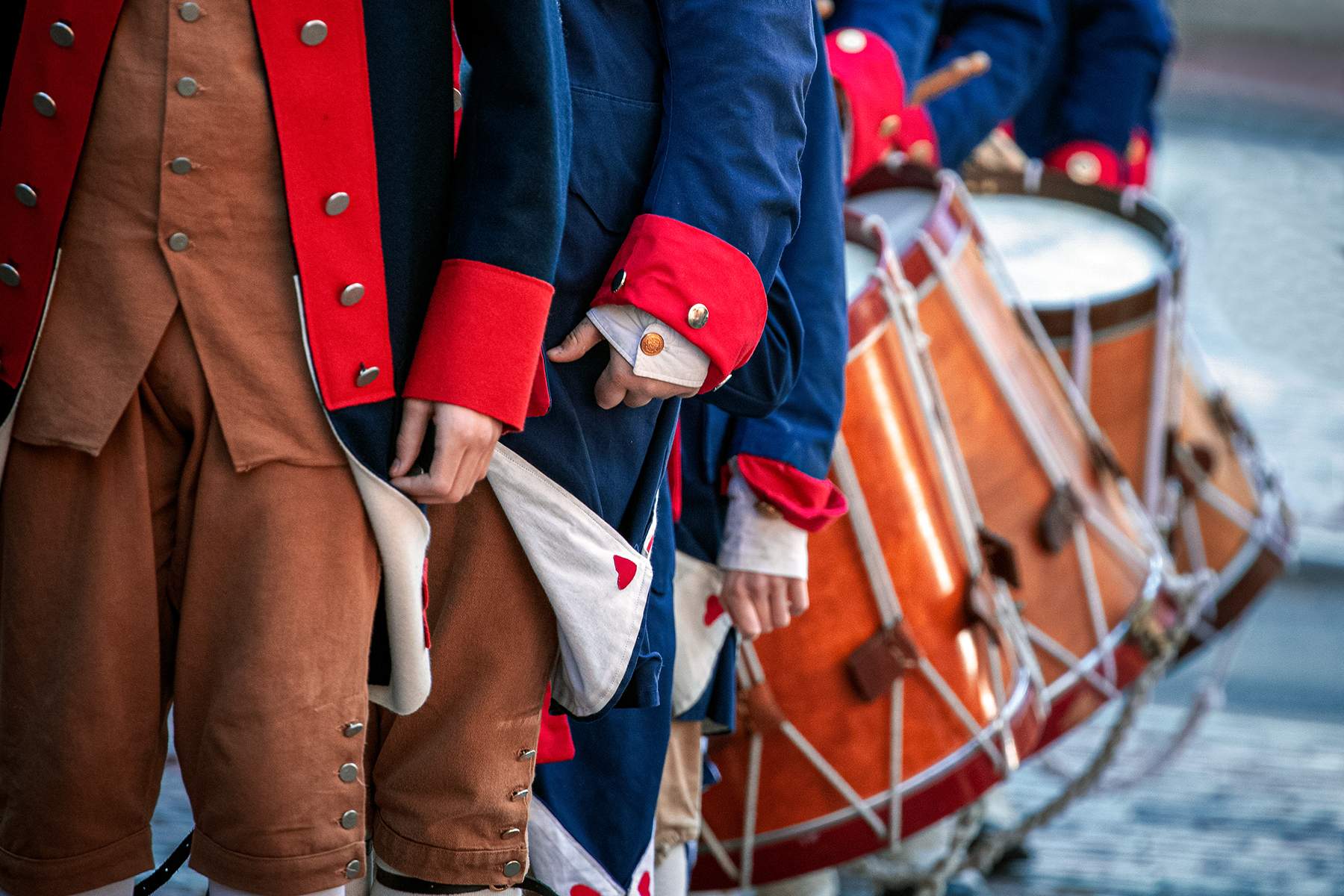
Music was Serious, Dangerous Work in the American Revolution
As the drummers were crucial for relaying orders, they were both visible and audible targets. Besides the fact that they carried instruments, in the Continental Army, musicians also wore coats with the colors reversed. Instead of blue coats with red cuffs, they wore red coats with blue cuffs — further allowing them to stand out. That made them more vulnerable to enemy fire, but no doubt more than a few may have been mistaken for the enemy.
They also faced the risks of disease, hunger, harsh living conditions, and other dangers that came with the campaign.
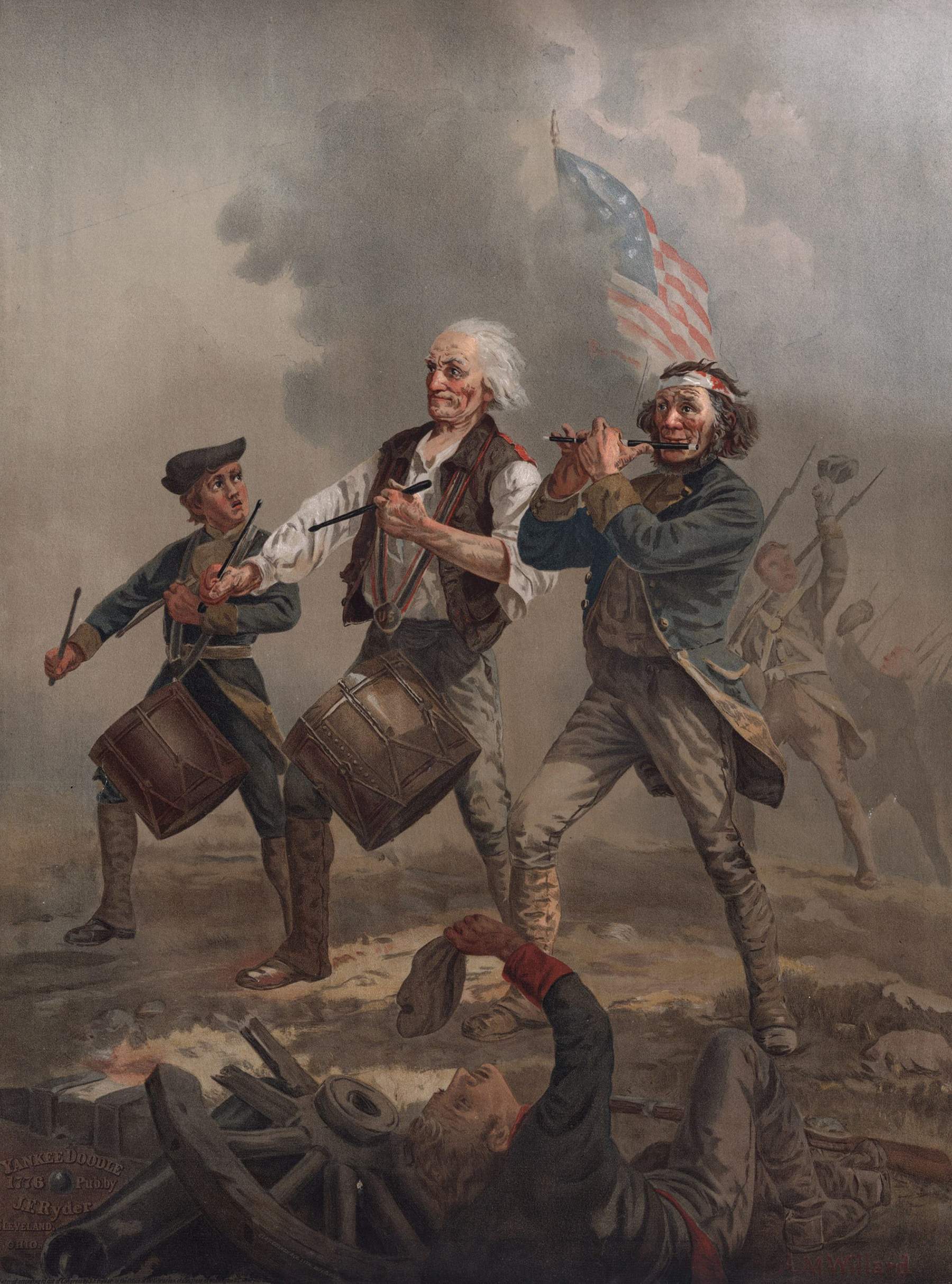
The famous "The Spirit of '76" painted by Archibald Willard in 1876 depicts two drummers and a fifer, but misses the uniform detail (and the American flag shown in the paiting wasn't approved at that point — so much can be forgotten in 100 years). Yet, it does capture the fact that many of the musicians were either boys younger than 16 or men older than 50!
"A misconception is that some of the drummers were 12 and younger, but that was more common in the 19th century," said Taub. "A lot of the drummers were on the older end, some coming with previous musical experience."
Yankee Doodle and Other Revolutionary War Top 40 Hits
Largely forgotten today is the tune that served as the unofficial national hymn of the era: William Billing's "Chester," a song that encouraged the Patriots to remain strong as God was standing on their side. Another catchy tune of the era was "Free America(y)," which featured the music of the "The British Grenadiers" march but with pro-Patriot lyrics.
Yet, arguably one of the most famous "musical" pieces of the era is the familiar tune "Yankee Doodle Dandy," which predated the conflict by more than a decade. It is credited to British Army surgeon Richard Shuckburg, who penned the verses during the French and Indian Wars to poke fun at the American colonial militias that fought alongside the British.
"Yankee" was a derogatory term for New Englanders, while his calling his hat "macaroni" referred not to an Italian noodle but a foppish hairstyle of the day.
In other words, it was meant to suggest the colonists were both unmanly and uncultured. Much like Bruce Springsteen's anti-war rock song "Born in the USA" recorded more than two centuries later, says Taub, the meaning became twisted, and "Yankee Doodle" became the patriotic anthem of its day!
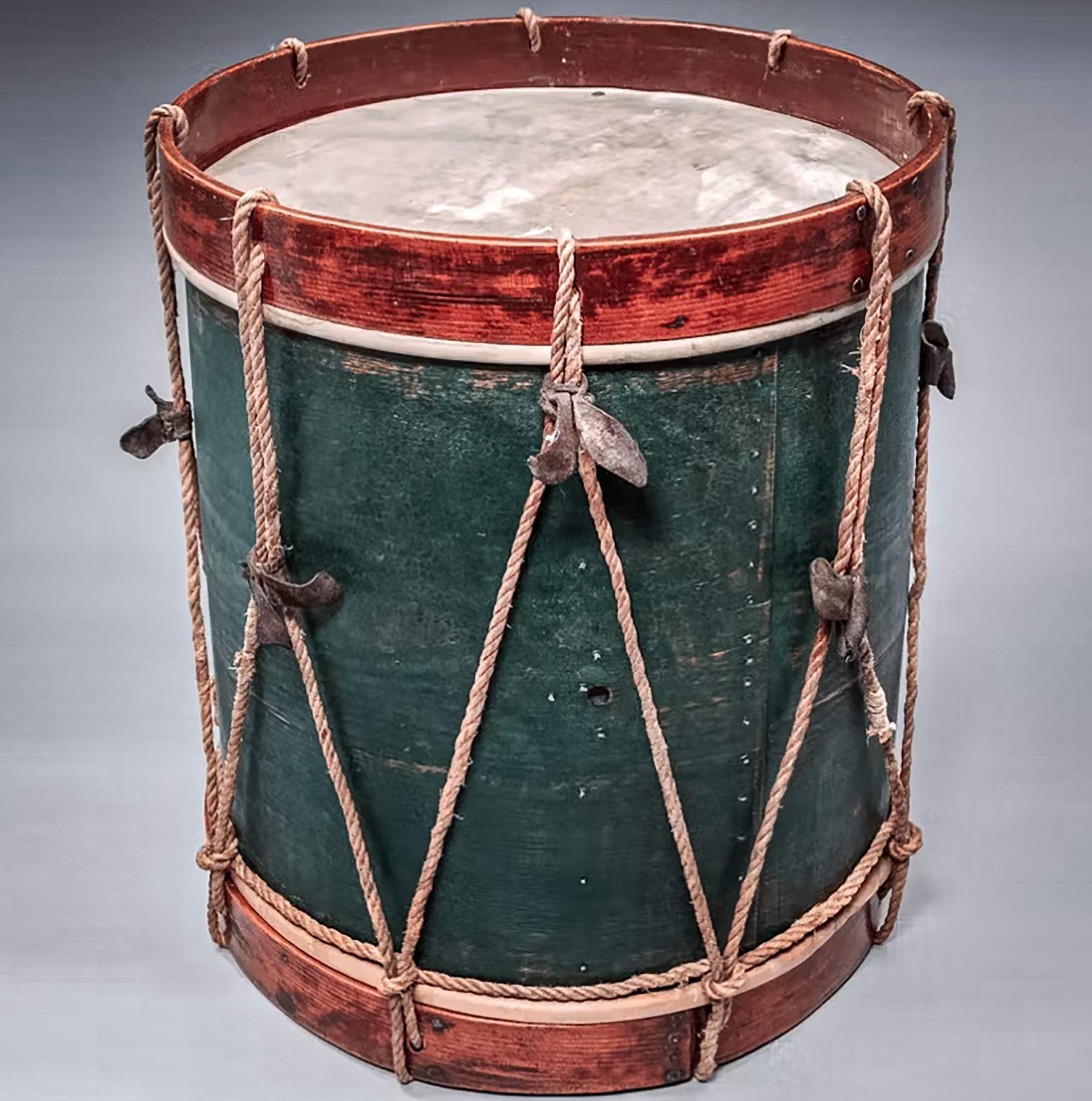
"'Yankee Doodle' was written to make fun of the colonists, but the Americans took it as their own," said Taub. "There are similarities between the two."
Don't Miss the other articles in this series:
